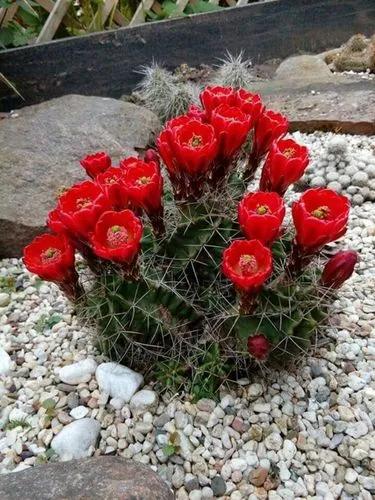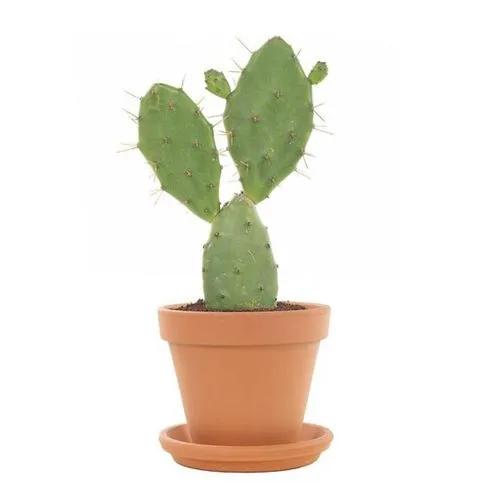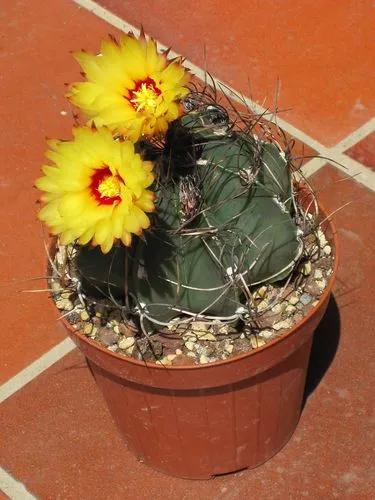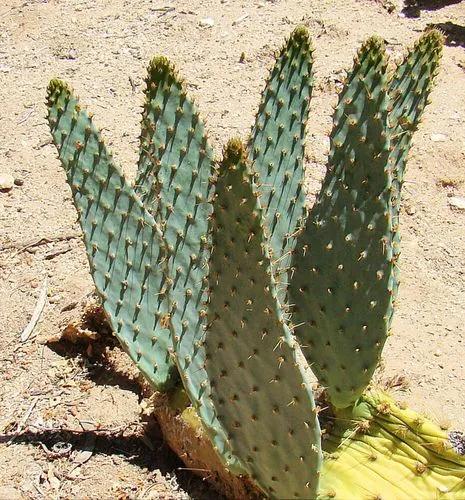Stenocactus multicostatus is a succulent species native to high, dry, grassy meadowlands, during times of drought it often hides in the rocky soil. It is small growing and easy to care, great for beginning collectors.
Brain Cactus Care
Stenocactus multicostatus 'Wave Cactus'



Stenocactus multicostatus more often known as Echinofossulocactus multicostatus is a low-growing cactus with a lot of narrow, very acute and straight or wavy ribs, densely pleated together giving a wrinkled look to its near globular shape, with short 6 to 18 soft flattened brownish spines, arranged crosswise, but there is a great variation among plants of different origin both in spination, body shape and number of ribs. It is native to Mexico.
How to Care for the Plant

Water

Water regularly during the summer so long as the plant pot is allowed to drain and not sit in a tray of water. Let it dry between watering. During hot weather you may need to water the plants more frequently so long as the plant is actively growing. From late September watering should be reduced to force the plant to go in to a state of semi dormancy, by October you should be back in to the winter watering regime.

Fertilizer

Feed with a high potassium fertilizer in summer only if the plant hasn't been repotted recently. Do not feed the plants from September onward as this can cause lush growth which can be fatal during the darker cold months.

Sunlight

They do need a lot of light to develop their typical spination, but different clones vary in their tolerance of full sunshine. However, some protection in light shade is recommended during the hottest hours in summer.

Soil

It grows well in a well-draining mineral potting substrate, but it isn't picky about soil.

Temperature

When dormant, the plant is very cold tolerant (down to nearly 23°F (-5°C) or less), but when left out it is more sensitive to frost. During the summer it is best to keep the plants outside where the temperature can rise to over 86°F (30°C) with no harm to the plant.

Container

This plant can be grown in containers. Choose a pot with enough drainage holes.

Popularity

207 people already have this plant 113 people have added this plant to their wishlists
Discover more plants with the list below
Popular articles






